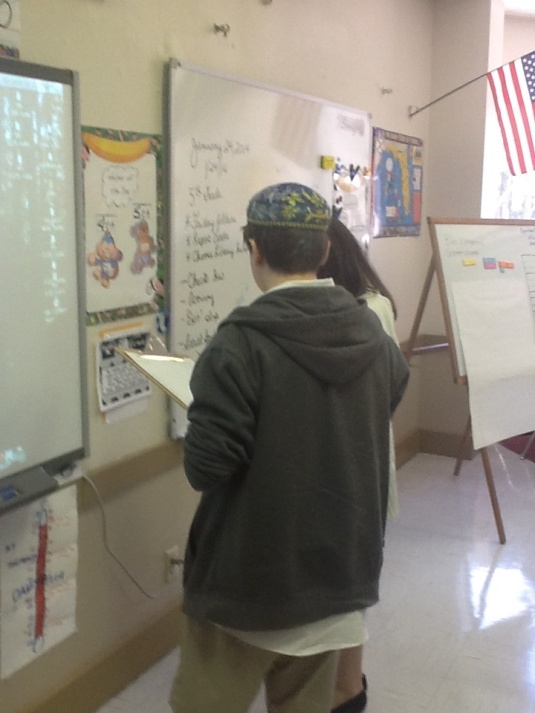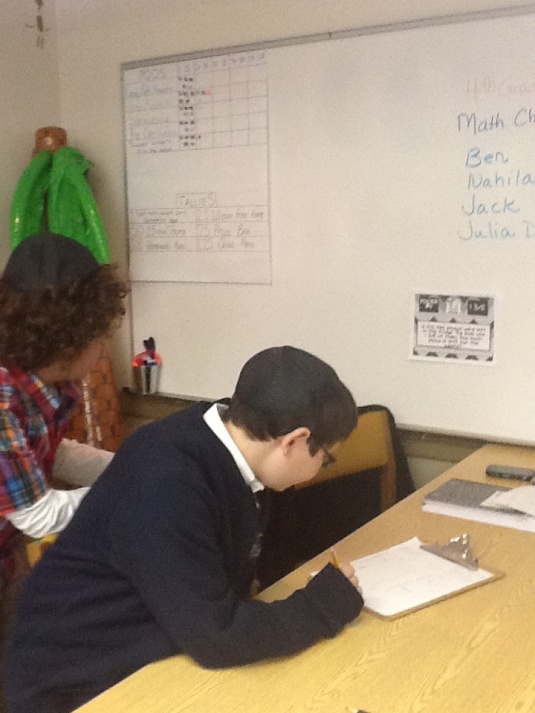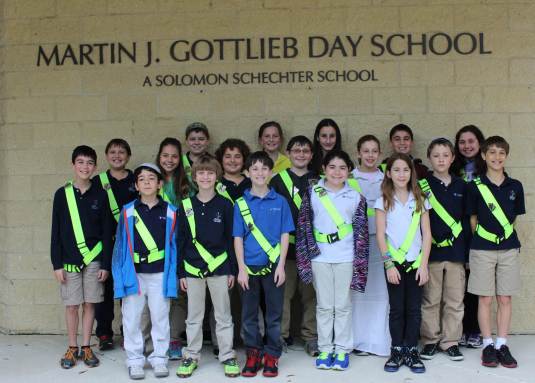
I am having my normal January slump since returning from Winter Break. Each year, since I began teaching 35 years ago, this has been a difficult time of the school year for me.
I go through different emotions from “I love this job!” to “I am the worst teacher ever!” and I end up driving myself nuts. Usually, this mood goes away after a few weeks which is what I am hoping to happen soon.
My main question this year is “What is differentiation? How can I meet the needs of all of my students and maintain my sanity?”
I have run the gamut of trying different things this year from enrichment folders, personalized contracts, and soon (as I posted previously) badge activities. But am I doing enough?
Of course, my answer is no. In my opinion, the best differentiation occurs during class, with no planning, and changes each day with the skills we are doing. It occurs when either Joni, Michelle, or I see a problem with a student and we work one on one with the child. This is the BEST thing about working with a small number of students.
As far as differentiating homework, to me this is really difficult to do. Personally, I have had some unpleasant situations with parents when I try to explain why their child didn’t get the same assignment as another child. The other problem I have encountered, is the students question me as tho why some people have different assignments than others. This, to me, is a very uncomfortable situation and I have trouble explaining it to the students and parents.
Another very important aspect of differentiation is grouping the students according to learning styles. Do we present our lesson in three different ways? One for auditory, one for visual,and one for tactile? I attended a workshop a few years ago that showed teachers how to do this with their lessons. I still don’t see how I can differentiate like this and complete very much on a day to day basis.
I did see a very interesting report last Sunday on CBS that talked about doodling. The bottom line point is that all of us learn (and listen) in different ways and some of us listen and learn better if we doodle. When I worked with Silvia Tolisano last year, she always had the students take notes and one of her ways of showing them how to take notes was by illustrating what was being talked about during the lesson. She would always tell me to let them learn the way they learn best and if it’s drawing while I talk, so be it. The news report I saw actually talked about famous people who doodled during meetings, etc. It was fascinating to see their drawings.
So then I am back at my original question, how can I possible differentiate and meet ALL of my students’ needs and still have time for my other life as a wife and mother? We not only have to worry about their level of learning, but their learning styles too in order to differentiate properly and efficiently. This could and would take hours on preparation and planning.
I often wonder how anybody my age ever survived in school? All I remember is reading groups that never changed from August to June. Somehow, most of us grew up to lead productive lives. Maybe we just learned to adjust and try just a little bit harder if we didn’t understand something. Ok, now I’m showing my age again. Hopefully, I will get that burst of teaching energy again very soon. If anyone has any suggestions of how they differentiate their classrooms I would love to hear.

























